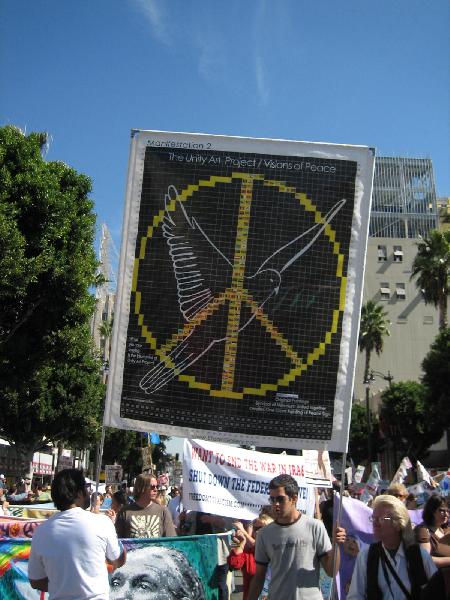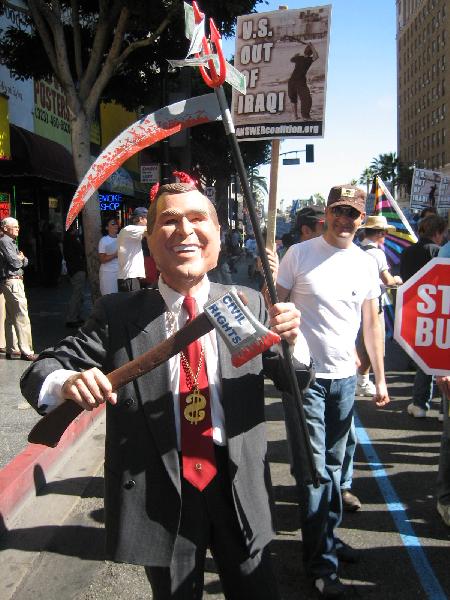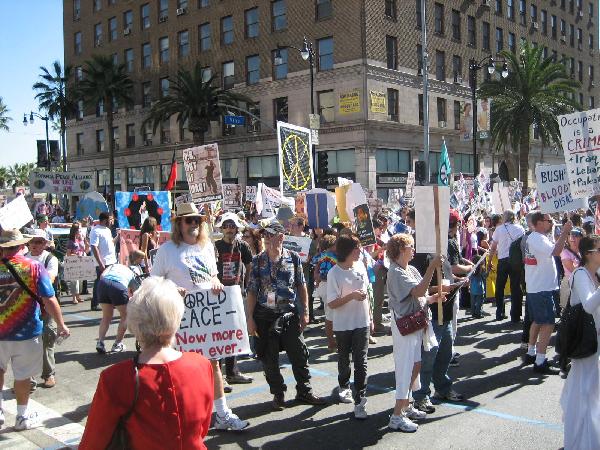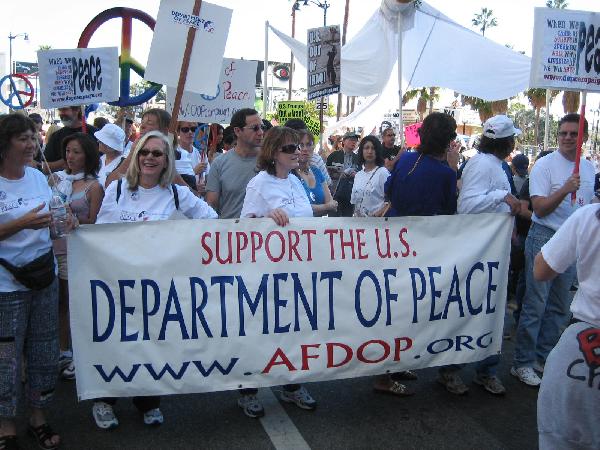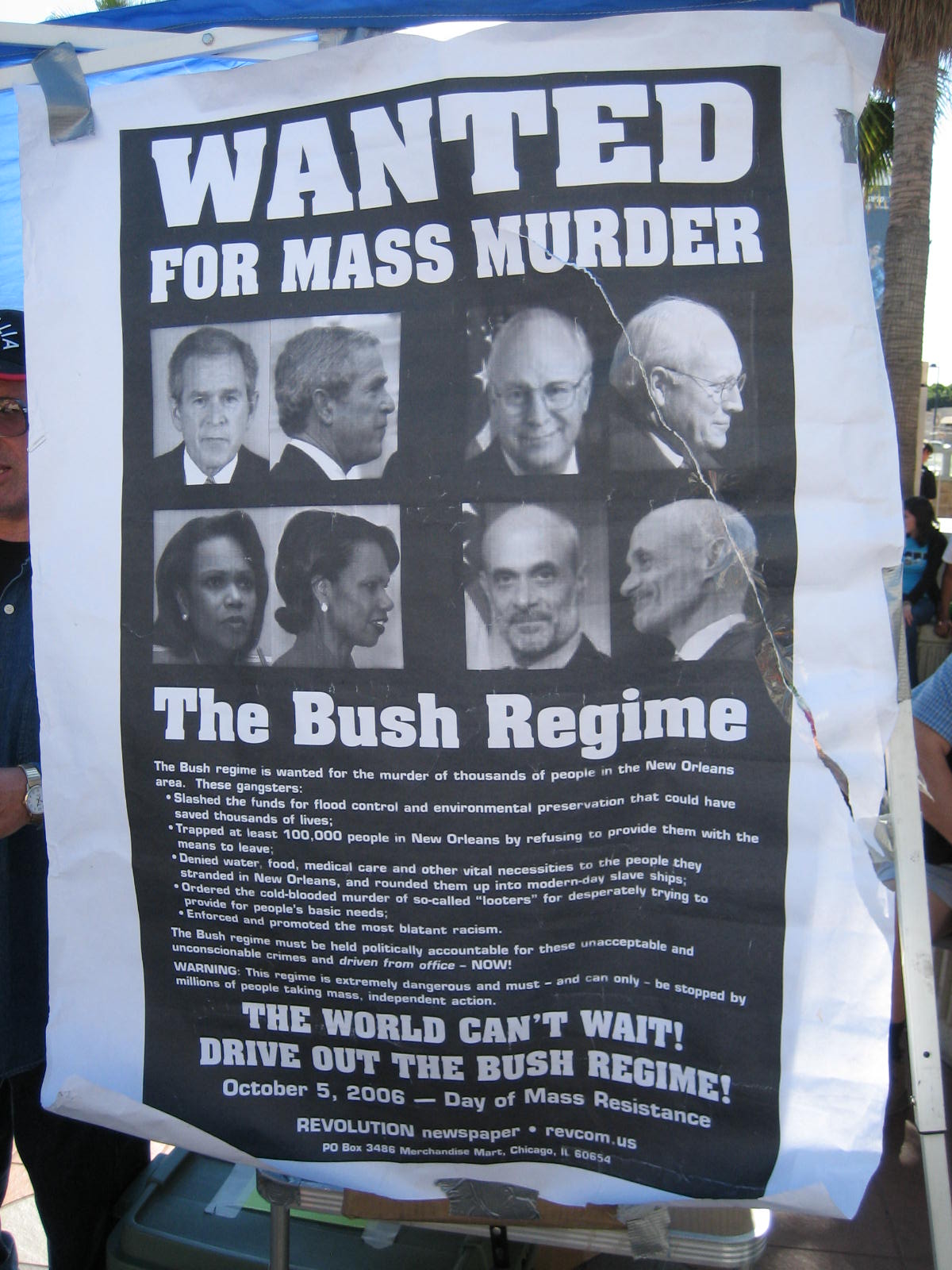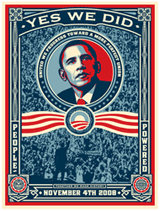
Norte,the North Manila Cemetery is home to about 50,000 living residents in Manila's largest public burial ground. These impovershed residents happily share space with spirits and the dead.
For the living, Cities of the Dead are difficult: no running water or plumbing, no electricity. Buckets of human waste are dumped in the "streets." Still, it beats living in some of the itinerant slums, such as Tondo in Manila, where the destitute homeless live on top of a garbage dump run rampant with disease and crime.
In Cairo, more than 5 million living Egyptians live in Cities of the Dead. The historic belief in Egypt is that the cemeteries are an active part of the community and not exclusively for the dead. However, in contemporary Egypt, these cities are illegal. The living residents have no status.
Actually, Egyptians never call the sprawling cemetery at the eastern edge of Cairo 'City of the Dead.' Only Westerners do. Cairenes prefer to call it simply the arafa, the cemetery, and it is as much a part of the topography here as glass and steel skyscrapers are in Hong Kong. But what better name than City of the Dead to describe the four-mile-long walled necropolis that houses thousands of families and countless small businesses? Video stores, car repair shops and tile factories line the main arteries of the cemetery, and cramped buses deliver hoards of commuters at the end of each work day. Furniture makers ply their craft inside tombs and streams of uniformed children parade to and from school, stopping for a quick soccer game between the cenotaphs. The arafa is a necropolis turned metropolis, where the needs of the living have far outpaced the sanctity of the dead. Go with a local and see if he can talk to the swarms of children there and have one of them guide you to a house for a peek at the tombs behind the closed doors. Don't visit alone.
But back to Manila, and Norte. Year-round, Norte is a thriving city, teeming with commerce. There are makeshift neighborhood kiosks that sell noodles, rice and cellphone cards. Vendors wander the streets peddling ice cream and bottled soda.
The cemetery has its own taxi fleet: Drivers line up inside the main gate on motorized scooters, waiting to ferry commuters to their jobs as maids and restaurant workers. The cemetery is divided by class: Although no one pays rent, jobless squatters who do no work are at the bottom of the heap and are shunned. City Hall workers and policemen also live here.
In one exclusive area, paid caretakers of the gravesite of the family of Philippine President Gloria Macapagal Arroyo — an immense pyramid flanked by marble sphinxes — enjoy air conditioning, cable television and a washer and dryer.

